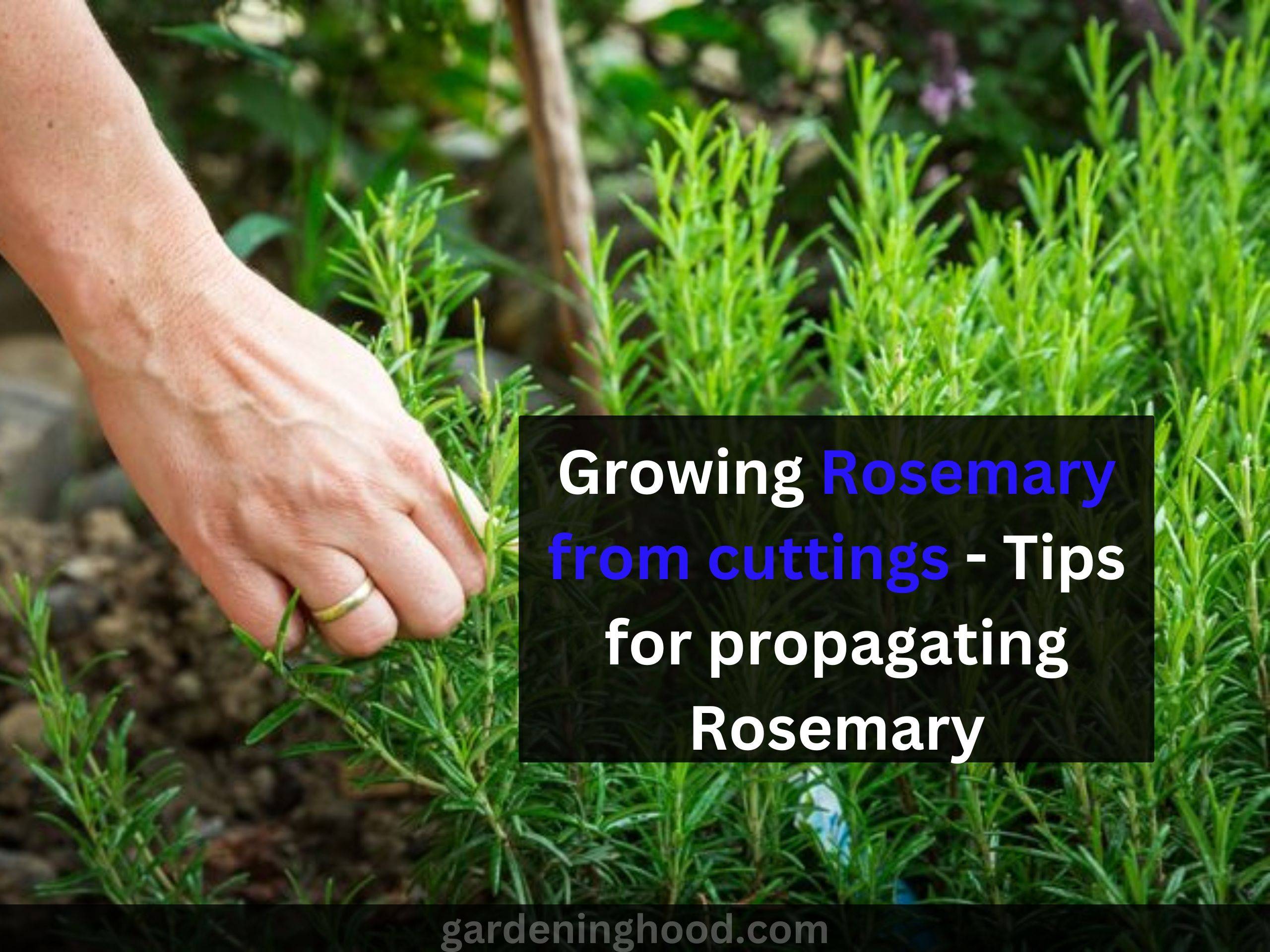What Are Helianthemum Sunrose? How to Grow and Care for Helianthemum Plants?
Helianthemum sunrose is a fantastic shrub with stunning blooms. Helianthemum plants are what they’re called. This decorative shrub is a low-growing shrub that may be used to create an informal hedge, a single specimen, or to embellish a rockery. There are many types of roses that you can grow in you garden like Panama Roses, Rosemary, Hybrid Tea Roses, Shrub Roses, Climbing Roses, etc. Sunroses require little to no maintenance and may be grown in a variety of environments. How to Grow and Care for Helianthemum Sunrose?
Quick takeaways:
- Helianthemum is also known as sunrose.
- Sunroses are related to Cistus.
- In the garden, they can be utilized in similar situations where a smaller bush is preferable.
- The leaves are lovely, and they develop in a tidy manner.
- All you have to do now is figure out how to cultivate sunrose.
What are Helianthemum Sunrose Plants?
Helianthemum, often known as the sunrose or rock rose, is a genus of shrubs that comprises both species and a variety of hybrid sub-shrubs that are grown for their colorful and pastel flowers above grey leaves. Helianthemum thrives in dry soil and grows well in normal soil, giving it a vibrant ground cover for sun-drenched banks and beds.
From late spring through early summer, the helianthemum flowers. Each bloom only lasts one day, yet they keep the garden bright by producing blossom after flower. Flame red, apricot, orange, yellow, pink, rose peach, salmon, and white are some of the flower hues. Shearing plants might help to restore growth and extend the flowering season.
In rock gardens, seaside gardens, dry beds, and sunny patios, Helianthemum thrives.
Sunroses are low-growing wide-spreading plants. They only grow to be 12 inches (30 cm) tall, but they have a wider spread. The leaves are silvery green and evergreen. Frostweed is another of the plant’s names because it appears to have been softly frosted. The semi-woody stems are adorned with five-petaled, single, or double flowers in shades of orange, pink, peach, red, white, or yellow from mid-spring to early summer. Each bloom only lasts a day, but the plant generates a lot of them to provide year-round color.
Growing a Helianthemum Sunrose
Grow helianthemum flowers in a well-draining normal to alkaline, full sun to moderate shade area. The helianthemum sunrose doesn’t require a lot of nutrients in its soil. They can be grown in USDA zones 5 and above. Plant them where there is a little shade at the highest point of the day in southern regions.
Cover around the plants to keep weeds at bay and shield the roots from the cold of winter. The helianthemum sunrose, on the other hand, loves to be kept a little dry. The wasted blooms will just fall off and do not require deadheading to maintain their attractiveness. Plant the plants one to two feet (30-60 cm) apart if you want to use them as a hedge.
Where to plant: Helianthemum should be grown in full sun. It should be grown in light, dry, somewhat acidic soils. Plants will thrive in soil that is not overly rich.
When to plant: In the spring or fall, plant Helianthemum containers in the garden. Spring is a good time to sow seedlings.
Propagation of Helianthemums
- Helianthemum should be divided in the early summer.
- Early summer is the best time to take Helianthemum softwood cuttings.
- After the seeds have ripened, sow them in pots and continue to cultivate them in a cold frame.
For more such plant related-articles, you may also read, What is Stinkweed and How to Kill it?
Caring for Sunrose
This plant is extremely tolerant like other tolerant plants such as Agave, Desert rose, Fountain grass, Harebell, etc, however, it will require continuous hydration while planting until it has established itself. When the plants are fully developed, water them when the earth is entirely dry. When developing helianthemum flowers, you will only need to fertilize in poor soil, but avoid high-nitrogen foods since blossoms will be destroyed and limp, and excessive growth will be fostered. After the plant has done flowering, cut it down by a third. This can result in a second bloom in some conditions. Sunrose is free of any significant diseases or pests. When planted in thick clay soil, the most typical concern is root rot. Helianthemum comes in a variety of varieties, all of which are deer resilient.
There are no soil amendments required. Cutting down shoots from pathways or roads may be the only regular pruning required. Trim it back now and again if it’s running over a wall or the side of a container to eliminate any stringy stems and stimulate new growth. Cut back the plants in the spring, late March or early April, to eliminate any winter damage, and they’ll burst out again as the temperature warms up.
Water regularly, leaving enough time between waterings for the soil to dry out. If the environment isn’t well-drained, this delicate plant won’t survive. Also, fertilize using a controlled-release fertilizer twice a year, in the spring and late summer.
Where to Plant Helianthemum:
- The right location to plant the Helianthemum is in full Sun.
- To grow them properly they need light, dry alkaline soil.
- To grow the plant the soil should not be rich
When to Plant Helianthemum:
- The right time for planting Helianthemum is during spring or autumn season.
- You need to sow seeds during the spring season
Planting and Spacing Helianthemum:
- The correct way of planting and spacing them is you need 2 to 3 feet distance between each plant.
- Need to sow the seed about ⅛ inch deep where the soil is even.
How to Water and Feed Helianthemum:
To water the plant you need to give it moderate water in order to maintain the health of the plant.
Need to fertilize the plant using all-purpose organic fertilizer during the spring season.
How to Care for Helianthemum
The following are some tips for how to care for Helianthemum:
- In the starting stage of blooming you can cut back so that the plant gets more encouraged for new growing and new blooms
- If you are living in a cold winter area then you need to protect the plant by lightly covering it with branches from evergreen in winter so that is keeps the foliage of the plant from dehydrating.
Helianthemum Pests and Diseases:
To grow Helianthemum in your garden there is the least option that any disease or pest get attracted to them
Helianthemum Propagation:
- To propagate a plant you need to divide Helianthemum in early summer.
- Next, you need to take a softwood cutting during early summer.
- After taking the cutting you need to sow the seeds in a container and when the seeds are ripe grow them in a cold frame.
Helianthemum Varieties to Grow:
The following are some different varieties to grow Helianthemum:
- Helianthemum apenninum, ‘Roseum’ are types of large, pink flowers that contrast in a good way with gray, furry foliage.
- H. nummularium hybrids are different from others as they have foliage and flowers of gray color.
- H.‘Buttercup’ are those that use to bloom with golden yellow flowers and are used to grow upto 1 foot tall.
- H.‘Fire Dragon’ are some varieties that used to bloom in coppery red flowers and grow upto 8-12 inches tall.
- H. ‘Mesa Wine’ are type which is used to bloom with dark green leave and dark red flowers.
- H. ‘Orange Surprise’ Is the type that is used to Bloom with pale orange and grow up to the height of 4 inches.
- H. ‘Raspberry Ripple’ Is a variety that used to Bloom with a white color flower with a purple center and grows up to 8 inches tall.
- H. ‘Saint Mary’s’ Is a variety having dark Green Leaves that used to Bloom with white color flowers.
- H. ‘Stoplight’ Is used to Bloom with a grayish-green leaf having red flowers.
- H. ‘Wisley Pink’ Ortho varieties that Bloom with Gray foliage and pink flowers
- H. ‘Wisley Primrose’Is is a type of plant that Bloom with grey-green foliage and a pale yellow color flower.
- H. ‘Wisley White’Orthoped is used to Blooming with creamy white flowers having a prominent yellow center and are able to grow up to one foot tall
About the Article
Helianthemum sunrose is a fantastic shrub with stunning blooms. Helianthemum plants are what they’re called. This decorative shrub is a low-growing shrub that may be used to create an informal hedge, a single specimen, or to embellish a rockery.
Sunroses require little to no maintenance and may be grown in a variety of environments. In this article, we discussed the Helianthemum Sunrose. We also discussed How to Grow And Care For Helianthemum Plants just like Bacopa Plants.


